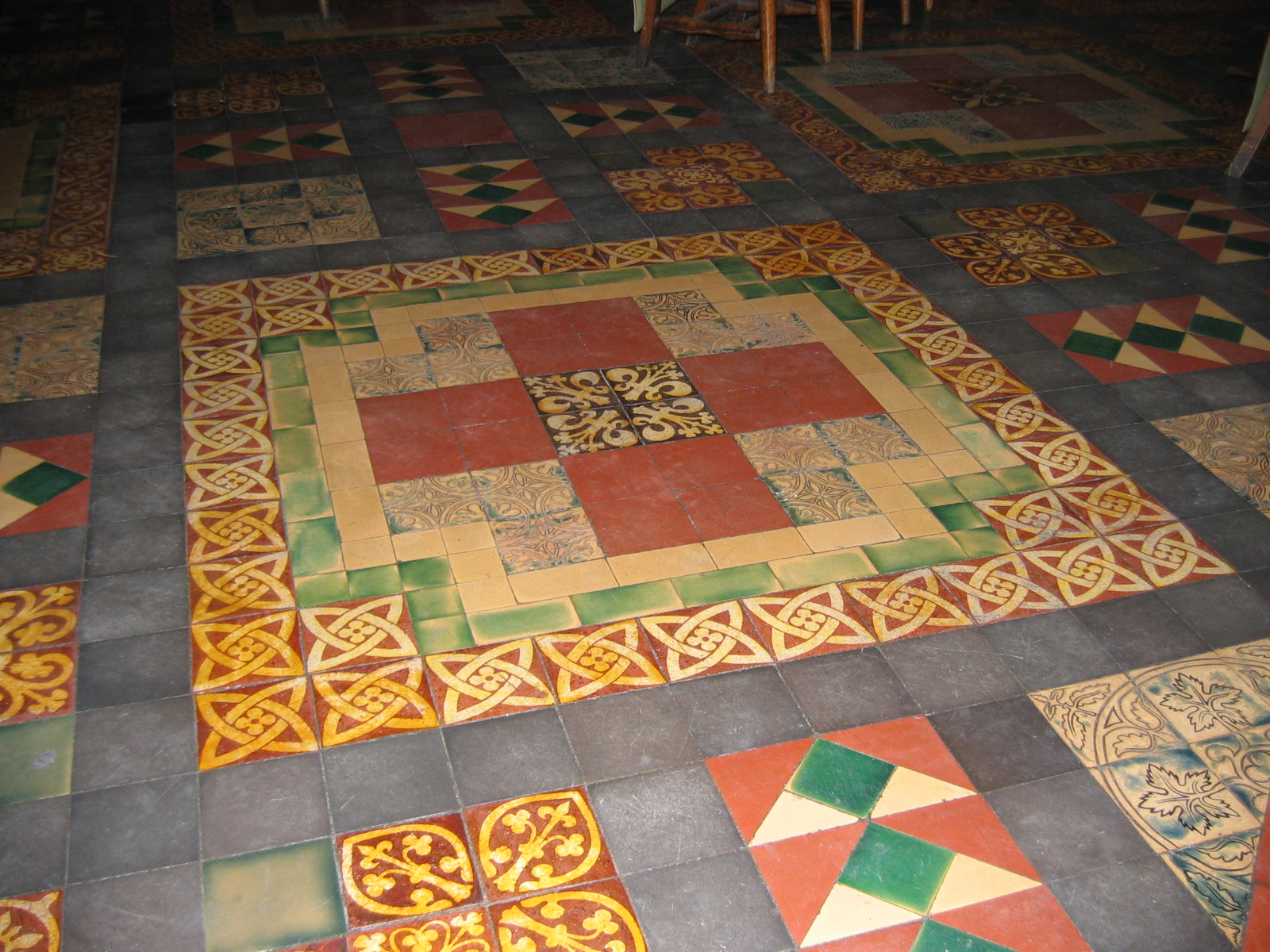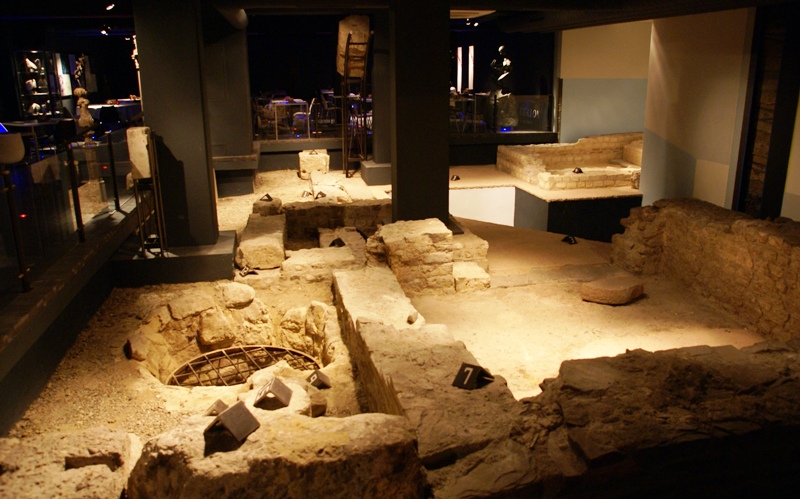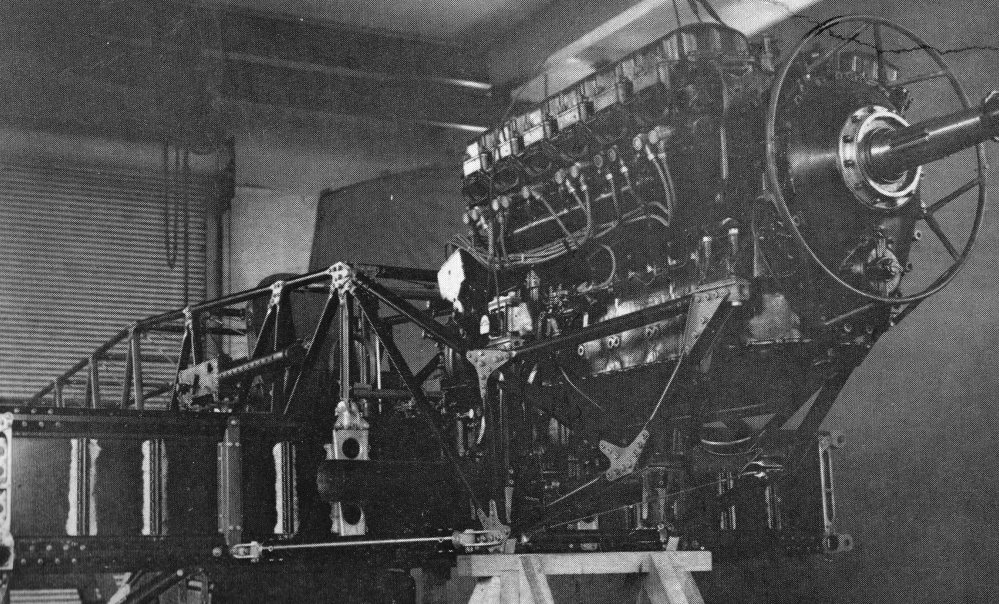|
John Allman Hemingway
Group Captain John Allman Hemingway, DFC, AE (17 July 1919 – 17 March 2025), known as Paddy Hemingway, was an Irish fighter pilot who served in the Royal Air Force during the Second World War in the Battle of Dunkirk, the Battle of Britain, the Allied invasion of Italy and the Invasion of Normandy. He was shot down four times during the war. Hemingway was the last surviving airman of the Battle of Britain. Early life Hemingway was born in Dublin on 17 July 1919. His family were members of the Church of Ireland, a church in the Anglican Communion. He attended St. Patrick's Cathedral Choir School and St Andrew's College, Dublin. RAF career Hemingway was accepted to serve in the Royal Air Force and was granted a short-service commission on 7 March 1938. In January 1939, Hemingway began training in Brough, East Riding of Yorkshire, in England. On 7 March 1939, he was appointed in service as a pilot officer. By early 1940, following the outbreak of the Second World War, he was ... [...More Info...] [...Related Items...] OR: [Wikipedia] [Google] [Baidu] |
Group Captain
Group captain (Gp Capt or G/C) is a senior officer rank used by some air forces, with origins from the Royal Air Force. The rank is used by air forces of many Commonwealth of Nations, countries that have historical British influence. Group captain is immediately senior to Wing commander (rank), wing commander and immediately below air commodore. It is usually equivalent to the rank of Captain (naval), captain in the navy and of colonel in other services. The equivalent rank in the Women's Auxiliary Air Force, Women's Auxiliary Australian Air Force, Women's Royal Air Force (until 1968) and Princess Mary's Royal Air Force Nursing Service (until 1980) was "group officer". Canada The rank was used in the Royal Canadian Air Force until the 1968 Unification of the Canadian Armed Forces, unification of the Canadian Forces, when army-type rank titles were adopted. Canadian group captains then became colonels. In official Canadian French usage, the rank title was . India United Ki ... [...More Info...] [...Related Items...] OR: [Wikipedia] [Google] [Baidu] |
St Patrick's Cathedral, Dublin
Saint Patrick's Cathedral () in Dublin, Ireland is the national cathedral of the Church of Ireland. Christ Church Cathedral, Dublin, Christ Church Cathedral, also a Church of Ireland cathedral in Dublin, is designated as the local cathedral of the Diocese of Dublin and Glendalough. Background Unusually, St Patrick's is not the cathedra, seat of a bishop, as the Archbishop of Dublin (Church of Ireland), Archbishop of Dublin has his seat in Christchurch Cathedral, Dublin, Christ Church Cathedral. Since 1870, the Church of Ireland has designated St Patrick's as the national cathedral for the whole of Ireland, drawing chapter members from each of the 12 List of Church of Ireland dioceses, dioceses of the Church of Ireland. The Dean of St. Patrick's Cathedral, Dublin, dean is the Ordinary (officer), ordinary for the cathedral; this office has existed since 1219. The most famous office holder was Jonathan Swift. Status Some believe it was intended that St Patrick's, a secular (di ... [...More Info...] [...Related Items...] OR: [Wikipedia] [Google] [Baidu] |
Eastchurch
Eastchurch is a village and civil parish on the Isle of Sheppey, in the English county of Kent, two miles east of Minster, Swale, Minster. The village website claims the area has "a history steeped in stories of piracy and smugglers". Aviation history Eastchurch is styled the "home of British aviation" as Eastchurch airfield saw the first controlled flight by a British pilot on British soil. The Eastchurch airfield played a significant role in the history of British aviation from 1909 when Frank McClean acquired Stonepits Farm, on the marshes across from Leysdown, converting the land into an airfield for members of the Aero Club of Great Britain. The Short Brothers, Horace, Eustace and Oswald, built aircraft at Battersea to be tested at the site; later John Moore-Brabazon, 1st Baron Brabazon of Tara, Moore-Brabazon, A. K. Huntington, Charles S. Rolls and Cecil Grace all visited and used the flying club's services. Wright brothers, Wilbur Wright and his brother Orville came to ... [...More Info...] [...Related Items...] OR: [Wikipedia] [Google] [Baidu] |
Thames Estuary
The Thames Estuary is where the River Thames meets the waters of the North Sea, in the south-east of Great Britain. Limits An estuary can be defined according to different criteria (e.g. tidal, geographical, navigational or in terms of salinity). For this reason the limits of the Thames Estuary have been defined differently at different times and for different purposes. Western This limit of the estuary has been defined in two main ways: * The narrow estuary is strongly tidal and is known as the Tideway. It starts in south-west London at Teddington Lock and weir, Teddington/Ham, London, Ham. This point is also mid-way between Richmond Lock which only keeps back a few miles of human-made head (hydrology), head (stasis) of water during low tide and the extreme modern-era head at Thames Ditton Island on Kingston upon Thames, Kingston reach where slack water occurs at maximal high tide in times of rainfall-caused flooded banks. In terms of salinity the transition from freshwater t ... [...More Info...] [...Related Items...] OR: [Wikipedia] [Google] [Baidu] |
The Hardest Day
The Hardest DayBungay 2000, p. 231. was a Second World War air battle fought on 18 August 1940 during the Battle of Britain between the German Luftwaffe and British Royal Air Force (RAF). On that day, the Luftwaffe made an all-out effort to destroy RAF Fighter Command. The air battles that took place on that day were amongst the largest aerial engagements in history to that time. Both sides suffered heavy losses. In the air, the British shot down twice as many Luftwaffe aircraft as they lost. However, many RAF aircraft were destroyed on the ground, equalising the total losses of both sides. Further large and costly aerial battles took place after 18 August, but both sides lost more aircraft combined on this day than at any other point during the campaign, including 15 September, the Battle of Britain Day, generally considered the climax of the fighting. For this reason, Sunday 18 August 1940 became known as "the Hardest Day" in Britain. By June 1940, the Allies had been defeat ... [...More Info...] [...Related Items...] OR: [Wikipedia] [Google] [Baidu] |
English Channel
The English Channel, also known as the Channel, is an arm of the Atlantic Ocean that separates Southern England from northern France. It links to the southern part of the North Sea by the Strait of Dover at its northeastern end. It is the busiest Sea lane, shipping area in the world. It is about long and varies in width from at its widest to at its narrowest in the Strait of Dover."English Channel". ''The Columbia Encyclopedia'', 2004. It is the smallest of the shallow seas around the continental shelf of Europe, covering an area of some . The Channel aided the United Kingdom in becoming a naval superpower, serving as a natural defence against invasions, such as in the Napoleonic Wars and in the World War II, Second World War. The northern, English coast of the Channel is more populous than the southern, French coast. The major languages spoken in this region are English language, English and French language, French. Names Roman historiography, Roman sources as (or , ... [...More Info...] [...Related Items...] OR: [Wikipedia] [Google] [Baidu] |
British Army
The British Army is the principal Army, land warfare force of the United Kingdom. the British Army comprises 73,847 regular full-time personnel, 4,127 Brigade of Gurkhas, Gurkhas, 25,742 Army Reserve (United Kingdom), volunteer reserve personnel and 4,697 "other personnel", for a total of 108,413. The British Army traces back to 1707 and the Acts of Union 1707, formation of the united Kingdom of Great Britain which joined the Kingdoms of Kingdom of England, England and Kingdom of Scotland, Scotland into a Political union, single state and, with that, united the English Army and the Scots Army as the British Army. The Parliament of England, English Bill of Rights 1689 and Convention of the Estates, Scottish Claim of Right Act 1689 require parliamentary consent for the Crown to maintain a peacetime standing army. Members of the British Army swear allegiance to the Charles III, monarch as their commander-in-chief. The army is administered by the Ministry of Defence (United Kingd ... [...More Info...] [...Related Items...] OR: [Wikipedia] [Google] [Baidu] |
Maastricht
Maastricht ( , , ; ; ; ) is a city and a Municipalities of the Netherlands, municipality in the southeastern Netherlands. It is the capital city, capital and largest city of the province of Limburg (Netherlands), Limburg. Maastricht is located on both sides of the Meuse (), at the point where the river is joined by the Jeker. Mount Saint Peter (''Sint-Pietersberg'') is largely situated within the city's municipal borders. Maastricht is adjacent to the border with Belgium and is part of the Meuse-Rhine Euroregion, an international metropolis with a population of about 3.9 million, which includes the nearby German and Belgian cities of Aachen, Liège, and Hasselt. Maastricht developed from a Roman Republic, Roman settlement (''Trajectum ad Mosam'') to a medieval river trade and religious centre. In the 16th century it became a garrison town and in the 19th century an early industrial centre. Today, the city is a thriving cultural and regional hub. It became well known through ... [...More Info...] [...Related Items...] OR: [Wikipedia] [Google] [Baidu] |
Dornier Do 17
The Dornier Do 17 is a twin-engined light bomber designed and produced by the German aircraft manufacturer Dornier Flugzeugwerke. Large numbers were operated by the ''Luftwaffe'' throughout the Second World War. The Do 17 was designed during the early 1930s as a '' Schnellbomber'' ("fast bomber") that was intended to use its speed to outrun opposing fighter aircraft. It was a lightly built aircraft, possessing a twin tail, " shoulder wing" and typically powered by a pair of Bramo 323P radial engines. The first prototype made its maiden flight on 23 November 1934; it entered regular service with the ''Luftwaffe'' three years later. Sometimes referred to as the ''Fliegender Bleistift'' ("flying pencil") or the ''Eversharp'', the Do 17 was a relatively popular aircraft among its crews due to its handling, especially at low altitude, which made the type harder to hit than other German bombers of the era. During 1937, the Do 17 made its combat debut during the Spanish Civil War, ... [...More Info...] [...Related Items...] OR: [Wikipedia] [Google] [Baidu] |
Heinkel He 111
The Heinkel He 111 is a German airliner and medium bomber designed by Siegfried and Walter Günter at Heinkel Flugzeugwerke in 1934. Through development, it was described as a wolf in sheep's clothing. Due to restrictions placed on Germany after the First World War prohibiting bombers, it was presented solely as a civil airliner, although from conception the design was intended to provide the nascent Luftwaffe with a heavy bomber. Perhaps the best-recognised German bomber of World War II due to the distinctive, extensively glazed "greenhouse" nose of the later versions, the Heinkel He 111 was the most numerous Luftwaffe bomber during the early stages of the war. It fared well until it met serious fighter opposition during the Battle of Britain, when its defensive armament was found to be inadequate. As the war progressed, the He 111 was used in a wide variety of roles on every front in the European theatre. It was used as a strategic bomber during the Battle of Britain, a to ... [...More Info...] [...Related Items...] OR: [Wikipedia] [Google] [Baidu] |
Hawker Hurricane
The Hawker Hurricane is a British single-seat fighter aircraft of the 1930s–40s which was designed and predominantly built by Hawker Aircraft Ltd. for service with the Royal Air Force (RAF). It was overshadowed in the public consciousness by the Supermarine Spitfire during the Battle of Britain in 1940, but the Hurricane inflicted 60% of the losses sustained by the ''Luftwaffe'' in the campaign, and fought in all the major theatres of the Second World War. The Hurricane originated from discussions between RAF officials and aircraft designer Sir Sydney Camm about a proposed monoplane derivative of the Hawker Fury biplane in the early 1930s. Despite an institutional preference for biplanes and lack of interest by the Air Ministry, Hawker refined its monoplane proposal, incorporating several innovations which became critical to wartime fighter aircraft, including retractable landing gear and the more powerful Rolls-Royce Merlin engine. The Air Ministry ordered Hawker's ''Interce ... [...More Info...] [...Related Items...] OR: [Wikipedia] [Google] [Baidu] |
Pilot Officer
Pilot officer (Plt Off or P/O) is a junior officer rank used by some air forces, with origins from the Royal Air Force. The rank is used by air forces of many countries that have historical British influence. Pilot officer is the lowest ranking commissioned officer immediately below flying officer. It is usually equivalent to the rank of second lieutenant in other services. The equivalent rank in the Women's Auxiliary Air Force (WAAF) was "company assistant", later renamed to "assistant section officer". Canada The rank was used in the Royal Canadian Air Force until the 1968 unification of the Canadian Forces, when army-type rank titles were adopted. Canadian pilot officers then became second lieutenants. In official Canadian French usage, the rank title was . United Kingdom Origins In the Royal Flying Corps, officers were designated pilot officers at the end of pilot training. As they retained their commissions in their customary ranks (usually second lieutenant ... [...More Info...] [...Related Items...] OR: [Wikipedia] [Google] [Baidu] |






